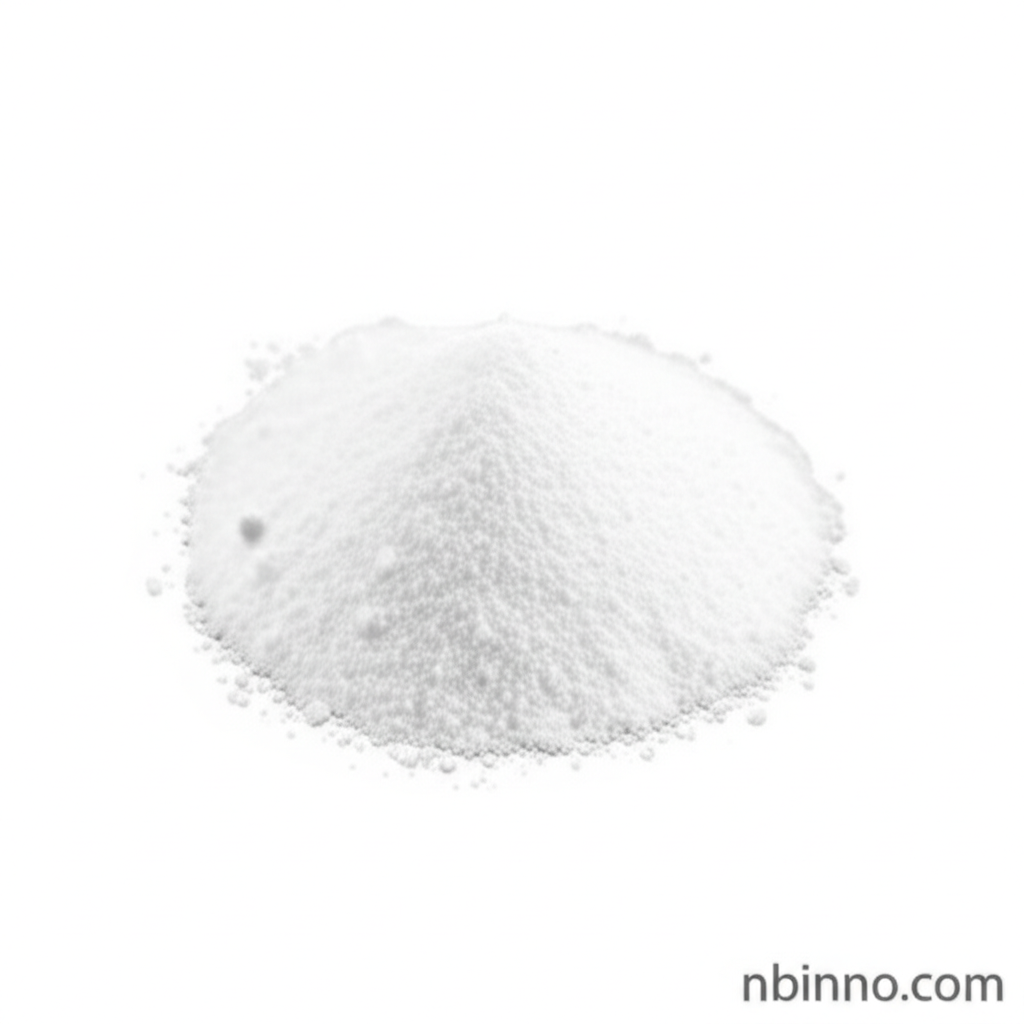Understanding N-Isopropylacrylamide: Properties, Applications, and Advanced Material Science Insights
Discover the groundbreaking potential of N-isopropylacrylamide and its temperature-responsive polymer, PNIPAM, for innovative material solutions.
Get a Quote & SampleProduct Core Value

N-isopropylacrylamide
N-isopropylacrylamide (NIPA) is a versatile chemical compound that serves as a monomer for creating Poly(N-isopropylacrylamide) (PNIPAM). This unique polymer is renowned for its temperature-responsive behavior, undergoing a significant phase transition at its Lower Critical Solution Temperature (LCST), typically around 32°C. Below this temperature, PNIPAM is hydrophilic and readily dissolves in water, forming a stable solution. However, as the temperature rises above the LCST, the polymer chains dehydrate and aggregate, leading to a phase separation and precipitation from the aqueous solution. This remarkable characteristic opens up a wide array of applications in smart materials and advanced technologies.
- Explore the synthesis of temperature responsive polymers and discover the advantages of using PNIPAM for advanced material design. This polymer's ability to change its solubility based on temperature makes it ideal for intelligent applications.
- Investigate PNIPAM synthesis methods, including homopolymerization and copolymerization, to tailor material properties. By understanding these methods, researchers can fine-tune polymers for specific functionalities and applications.
- Delve into the world of smart hydrogels for biomedical use and understand the critical role of LCST polymer drug delivery. The controlled release capabilities of PNIPAM-based hydrogels are revolutionizing therapeutic approaches.
- Learn about the functionalized PNIPAM synthesis that enables enhanced performance in various applications. Tailoring the polymer's end groups or incorporating it into copolymers allows for precise control over its responsiveness and interaction with biological systems.
Key Advantages
Temperature Responsiveness
The primary advantage of PNIPAM lies in its precise temperature-responsive nature. This characteristic, driven by the LCST transition, allows for the development of materials that react to subtle temperature changes, making them ideal for stimuli-driven applications like controlled drug release.
Biocompatibility and Safety
PNIPAM and its derivatives have demonstrated good biocompatibility, making them suitable for biomedical applications. Studies show minimal local or systemic pathologies when used in vivo, supporting its use in tissue engineering and drug delivery systems.
Versatile Synthesis and Functionalization
The ease of synthesis and functionalization of N-isopropylacrylamide allows for the creation of diverse polymer architectures, including block copolymers and cross-linked hydrogels. This versatility enables the fine-tuning of PNIPAM's properties for specific user requirements and advanced applications.
Key Applications
Biomedical and Drug Delivery
Utilizing the LCST property, PNIPAM is employed in thermoresponsive hydrogels and drug carriers. These systems can release therapeutic agents in response to body temperature fluctuations, offering precise and localized treatment. Exploring PNIPAM synthesis methods is crucial here.
Smart Coatings and Films
PNIPAM can be incorporated into coatings and thin films that alter their surface properties, such as wettability and adhesion, with temperature. This leads to applications in self-cleaning surfaces and responsive membranes.
Tissue Engineering
The biocompatibility and tunable properties of PNIPAM make it a valuable component in scaffolds for tissue regeneration. These scaffolds can guide cell growth and differentiation in response to environmental stimuli.
Bioseparations and Sensors
PNIPAM-based materials are used in affinity chromatography and biosensors, leveraging their temperature-dependent binding and release capabilities. This offers efficient methods for separating biomolecules and detecting specific analytes.
